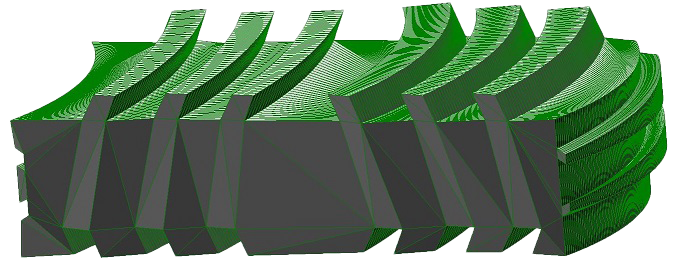Turn Plastic Waste
into something people want to use.
We have developed a technology that will use some of the 350 million tons of global plastic waste to make a product line of construction components that is easy for people to build with. Similar parts will be made out of concrete.
Overview
The new connection technology is called a Key Thread. Software engineers can take these threads and apply them to construction components that can be 3D printed. There will be 3D printed molds. Both part and mold files will have machining software that generates the Gcode for 5-axis tool movements. This is the foundation for making many of the parts, molds and machinable applications. The part files are be uploaded to Finite Element Analysis (FEA) for optimizing their design. I have done all of this before on three other new threads that I could not commercialized.
The Next Evolution of Building Materials
There will be a series of keyed bricks make with minimum tech for the purpose of making basic building components all over the world. Currently there are bricks being made with six parts sand, one part used plastic that are mixed, heated and pressurized. I believe that Keyed Bricks can be made with muti-part molds by such a business. This will have the biggest impact on carbon capture by making it accessible everywhere.
There are three types of construction components: Keyed Brick™ Keyed Cell™ and Keyed Ply™. The Keyed Brick builds walls with horizontal connections. The Keyed Cell is a multi layer component that assembles into flat Keyedcombs™ similar to honycombs or dome Keyedomes™. The Keyed Ply is a sandwich layer that assembles into flat Keyed Panels™ or curved Keyed Tubes™. The goal is to make a plastic injection Keyed Brick system that will start with walls, corners, intersections, doors and windows.


Incredible Numbers
Plastic Waste
The world produces around 350 Million Metric Tons of plastic waste every year.
Recycling
On average, just 9% of plastic is collected for recycling.
On the Rise
Ocean Plastic Pollution On Track to Rise to 29 Million Metric Tons by 2040.
